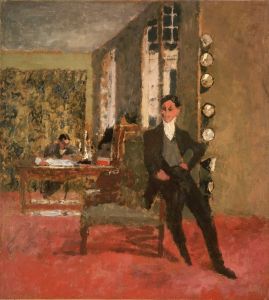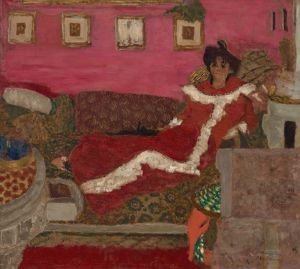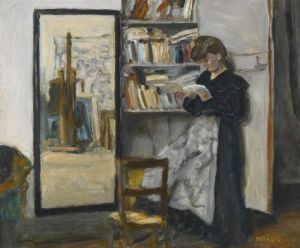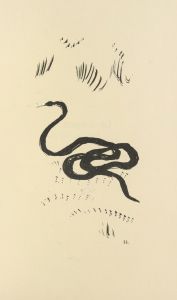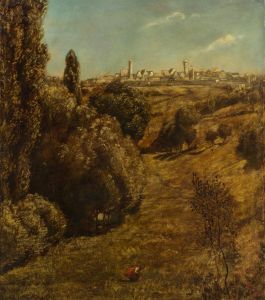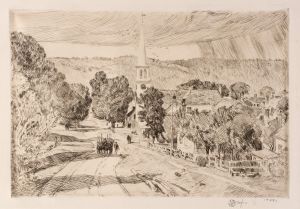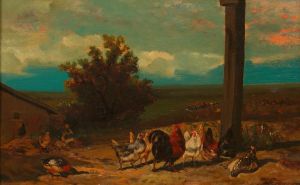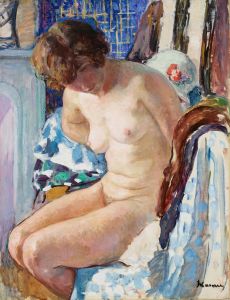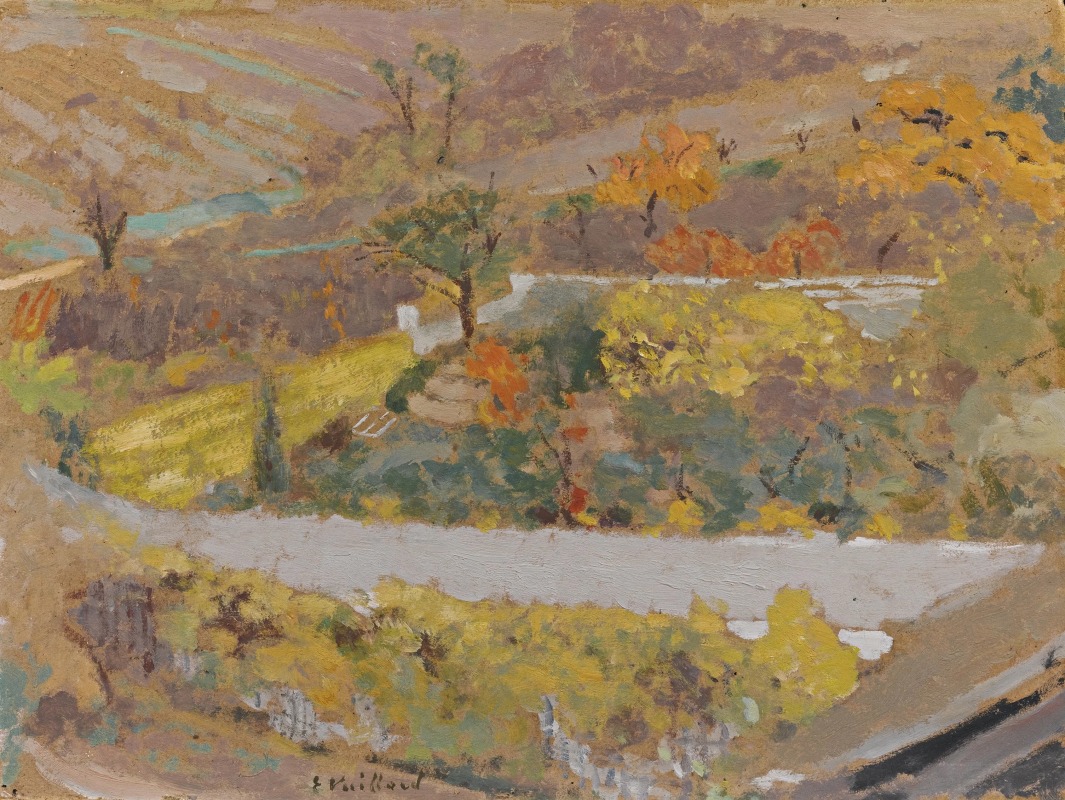
Landscape at L’Étang-la-Ville
A hand-painted replica of Édouard Vuillard’s masterpiece Landscape at L’Étang-la-Ville, meticulously crafted by professional artists to capture the true essence of the original. Each piece is created with museum-quality canvas and rare mineral pigments, carefully painted by experienced artists with delicate brushstrokes and rich, layered colors to perfectly recreate the texture of the original artwork. Unlike machine-printed reproductions, this hand-painted version brings the painting to life, infused with the artist’s emotions and skill in every stroke. Whether for personal collection or home decoration, it instantly elevates the artistic atmosphere of any space.
Édouard Vuillard's Landscape at L’Étang-la-Ville is a painting created by the French artist, who was a prominent member of the Nabi group, an avant-garde movement in the late 19th century. Vuillard is best known for his intimate interior scenes and his use of color and pattern, but he also produced a significant number of landscapes throughout his career. This particular work, Landscape at L’Étang-la-Ville, reflects Vuillard's interest in capturing the natural environment and his ability to convey mood and atmosphere through his distinctive style.
L’Étang-la-Ville is a small commune located in the Île-de-France region, near Paris. Vuillard frequently visited this area, as it was a popular retreat for artists and intellectuals of the time. The tranquil rural setting provided inspiration for many of his landscape works. In Landscape at L’Étang-la-Ville, Vuillard employs a muted color palette and a flattened perspective, hallmarks of his Nabi period, to depict the serene beauty of the countryside. The painting is characterized by its harmonious composition and the subtle interplay of light and shadow, which evoke a sense of quiet contemplation.
Vuillard's approach to landscapes was deeply influenced by his training and his association with the Nabis, a group that included artists such as Pierre Bonnard and Maurice Denis. The Nabis were inspired by the work of Paul Gauguin and sought to move beyond naturalistic representation, emphasizing the emotional and symbolic potential of color and form. In this painting, Vuillard's use of soft, blended tones and his focus on the overall atmosphere rather than precise details reflect these principles.
While Vuillard is primarily celebrated for his interior scenes, his landscapes, including Landscape at L’Étang-la-Ville, demonstrate his versatility as an artist and his ability to adapt his techniques to different subjects. This work exemplifies his sensitivity to the subtleties of nature and his commitment to exploring the expressive possibilities of painting.
Today, Landscape at L’Étang-la-Ville is recognized as an important example of Vuillard's landscape work and his contributions to the Nabi movement. The painting is held in a private collection or museum, though specific details about its current location may vary. It continues to be appreciated for its aesthetic qualities and its place within the broader context of late 19th- and early 20th-century art.





